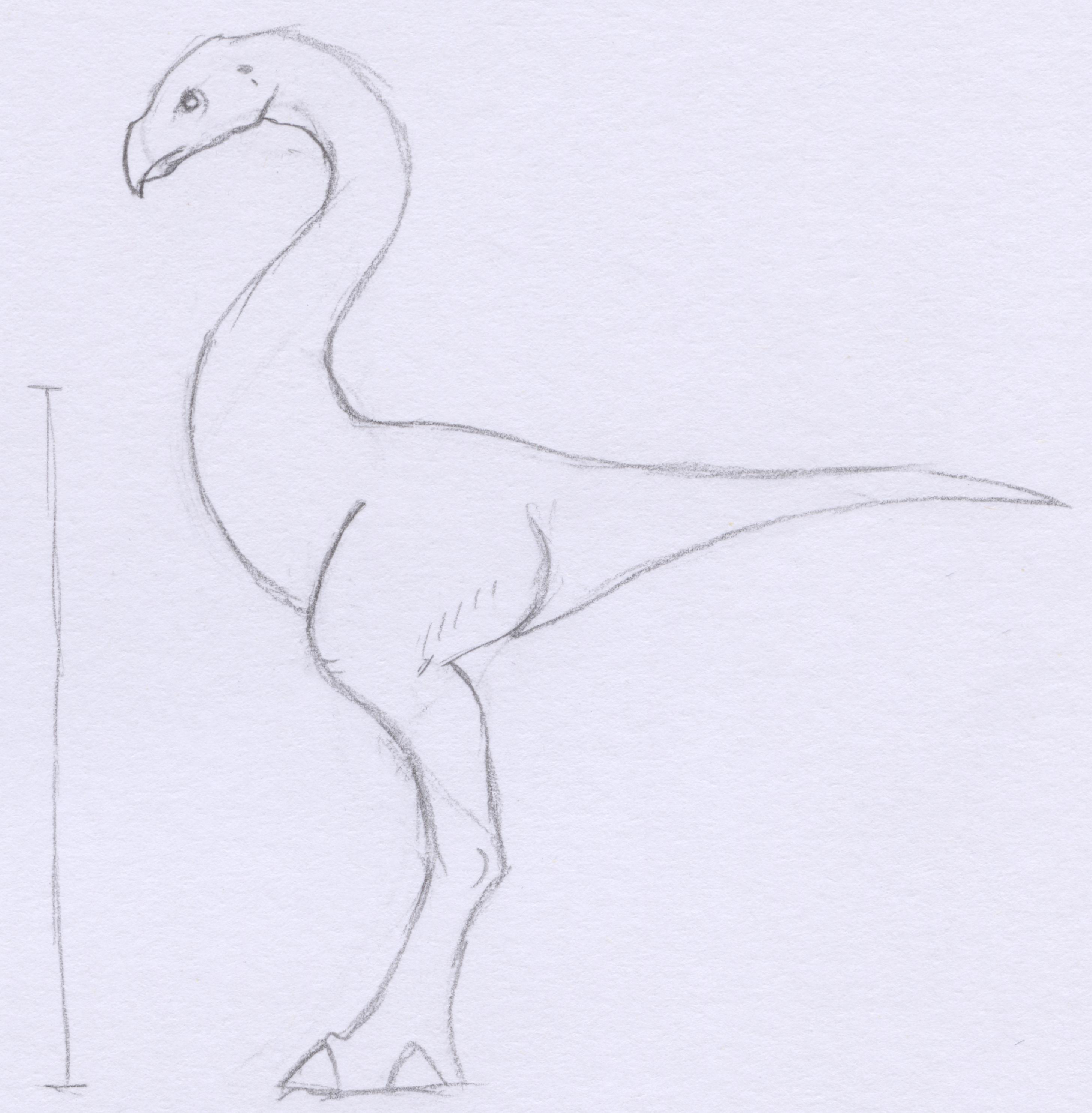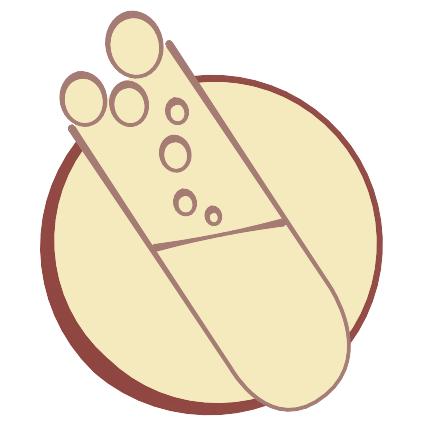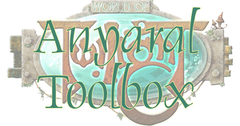Bhahu
Also known as: bhanuk; tree-pruner

A Bhahu
Unlike its low-slung relative, the bhahu trades girth and length for height. The jenta stand about the height of a fubarnii, an average sempa stands slightly taller than a devanu while the kopa tend even taller.
A long and sinuous neck accounts for half of the bhahuʼs height. It projects upward at a slight angle, curves back over the body then returns, forming an elongated ʼsʼ shape. The legs account for the other half of its height and are thick with muscle, giving the bhahu a loping stride. It is an excellent sprinter but has poor performance over distance. The tail, nearly as long as the neck, slopes downward at a steep angle. The torso is roughly an orb which has too narrow a top to use the bhahu as a beast of burden.
As the bhahu eat primarily the various fruits that grow among the higher branches, they have developed a sharp, beak-like mouth. They often use this to cut away branches or vines that obstruct access to their food, hence the name ʼtree-prunerʼ. The eyes are usually a solid dark colour, spaced between the sides and the front of the skull, giving them a limited form of binocular vision, helping them focus on their food.
Bhahus are highly territorial and live in small family units, usually consisting of a kopa, one or two sempa and three to five jenta. These families move as a group through their territory, following a yearly path. Each territory is large enough that most fubarnii villages see only one family. When two families do come into contact, the kopa perform a ceremonial duel. Each kopa will attempt to pin the other, often biting the legs of other. Once a kopa is pinned to the ground, the standing kopa marks the neck or head of the loser with a broad but shallow cut or bite. After the loser has been marked, the winning kopa takes the sempa of the losing kopa into its family unit. The losing kopa and its jenta continue on, soon replacing the familyʼs missing sempa. Most kopa die from infection of the losing wound, with the survivors showing many scars. When the number of sempa and jenta grow too large to be supported in a particular territory, a number of them large enough to form a new family unit is sent off to conquer new territory.
Bhahus prefer low forests and tall grasses but are often seen moving through open stretches of land as families patrol their territory. Bhahus have been reported as far north as the foothills of the Setir Mountains, but only in negligible numbers. The bhahus were once scarce, as their muscular legs, neck and tail made them a favored prey of the devanu, who would often chase their target for the thrill of the chase. Bhahus can nearly match the devanu for speed, but not for endurance. With the devanu driven to the edges of the Empire, bhahus are expanding and beginning to outnumber the available food in some areas…
There are some small religious qualities to the beast, though mostly observed by the Ferals. As the bhahu is a picky eater, only taking a small amount of the best fruits from each tree, it leaves behind good fruit and discards the rotten, unripe or garkrid-ridden fruit to the ground. Bhahus were seen as servants of the Enarii, protecting fubarnii from unsafe food. another quality attributed to the bhahu is their forecasting of good or ill events. A large family of bhahus is seen as a good omen; as the bhahus have been successful, so too will the fubarnii whose path they cross. Likewise, coming across a single bhahu jenta is a very bad omen, often seen as a sign of fast-approaching danger. Large families often avoid fubarnii settlements because inevitably some fubarnii will attempt to chase down the bhahus to ʼcross their pathʼ which the skittish bhahu dislike.
Author(s): SleeplessFish

